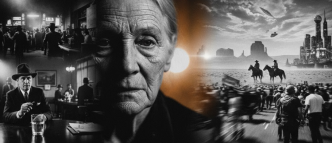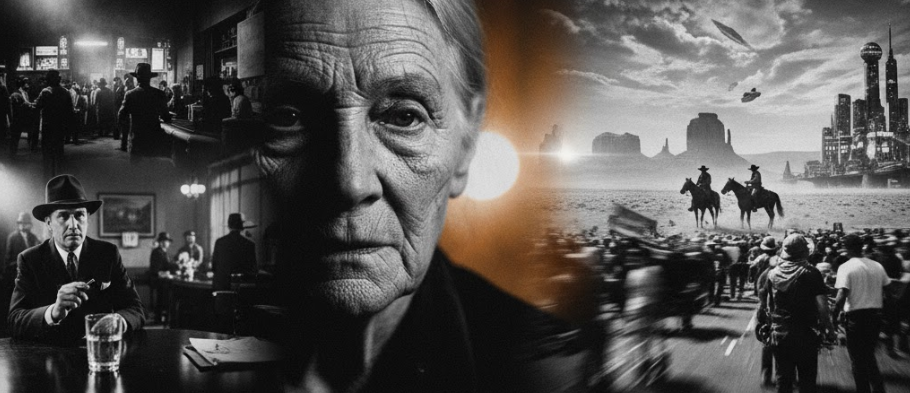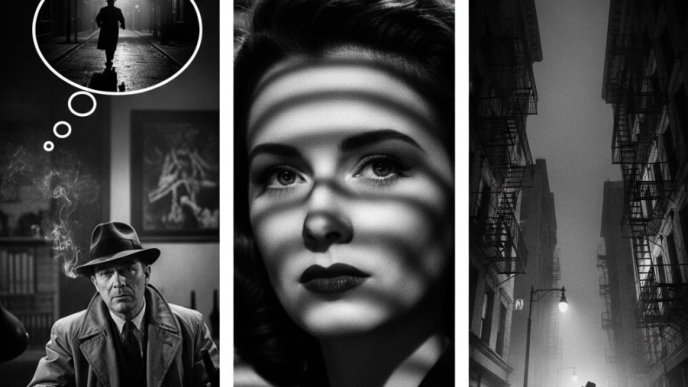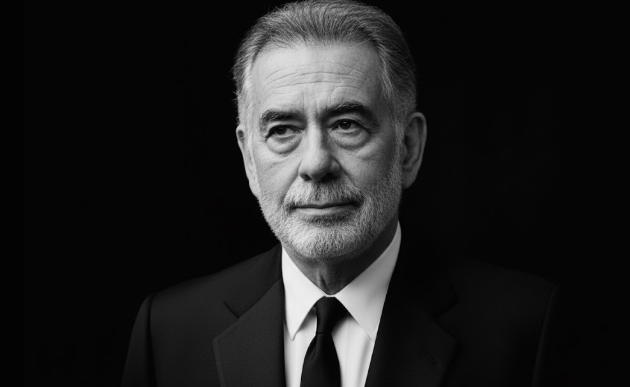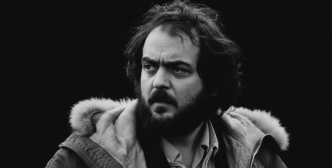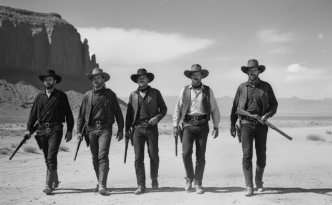Cinematography is the art of painting with light, the craft of capturing a director’s vision and translating it into the unforgettable images that define cinema. While directors are often seen as a film’s primary author, the cinematographer—or Director of Photography (DP)—is the architect of its visual language.
From the technical pioneers of Hollywood’s Golden Age to the modern masters of digital filmmaking, a select group of DPs has not just filmed movies but has fundamentally changed the way stories are told on screen. Here are 10 of the most influential cinematographers in history, whose innovations and signature styles have left an indelible mark on the art form.
1. Gregg Toland (1904–1948) A technical pioneer who helped invent the visual language of modern cinema, Gregg Toland’s influence is immeasurable. His most famous contribution was the perfection and extensive use of deep-focus photography, a revolutionary technique that keeps the foreground, middle-ground, and background of the frame in sharp focus simultaneously. This allowed for complex, layered compositions that gave new meaning to the on-screen environment (mise-en-scène). Working with Orson Welles on Citizen Kane, Toland also pioneered the use of extreme low-angle shots and expressive, high-contrast lighting inspired by German Expressionism, creating a bold visual style that prioritized emotional truth over polished gloss.
- Signature Style: Deep focus, chiaroscuro lighting, and dramatic low-angle compositions.
- Notable Films: Citizen Kane (1941), The Grapes of Wrath (1940), The Best Years of Our Lives (1946).
2. James Wong Howe (1899–1976) A master of shadow and light whose career spanned from the silent era to the New Hollywood, James Wong Howe was renowned for his versatility and innovation. He was an early pioneer of deep-focus photography and was celebrated for his creative camera work, which included strapping on roller skates to capture the dynamic energy of a boxing scene in Body and Soul. Howe was a master of low-key lighting, using it to create moods ranging from the romantic fantasy of Peter Pan (1924) to the gritty, sharp-edged realism of Sweet Smell of Success (1957). His ability to make actresses look their best through lighting alone, without diffusion, made him one of the most sought-after DPs of his time.
- Signature Style: Low-key lighting, deep focus, and innovative camera movement.
- Notable Films: Hud (1963), Sweet Smell of Success (1957), The Rose Tattoo (1955).
3. Gordon Willis (1931–2014) Known as “The Prince of Darkness,” Gordon Willis defined the visual aesthetic of the New Hollywood era with his daring and unconventional approach to lighting. He was famous for his use of underexposure, top-lighting, and a moody chiaroscuro that often plunged his subjects’ eyes into shadow, creating a sense of mystery and psychological depth. His work on The Godfather trilogy was groundbreaking; he used a warm, amber glow and a restrained, tableau style to create images that felt like Renaissance paintings. Willis was a purist who preferred a 40mm lens for its natural perspective and avoided zooms, believing that every camera placement should represent a specific point of view.
- Signature Style: Underexposure, top-lighting, warm color palettes, and a preference for the 40mm lens.
- Notable Films: The Godfather Trilogy (1972–1990), Annie Hall (1977), All the President’s Men (1976).
4. Vittorio Storaro (b. 1940) A true “painter with light,” Italian master Vittorio Storaro is known for his philosophical and expressive use of color and light to convey a story’s emotional and psychological subtext. His philosophy is inspired by Goethe’s theory of colors, and he uses specific color palettes to represent the inner lives of his characters and the central conflicts of the narrative. His work on films like Apocalypse Now and The Conformist is legendary for its deeply saturated colors, dramatic silhouettes, and the way artificial light clashes with natural environments to symbolize a conflict of cultures.
- Signature Style: Expressive use of color, theatrical chiaroscuro, and psychologically motivated lighting.
- Notable Films: Apocalypse Now (1979), The Last Emperor (1987), The Conformist (1970).
5. Sven Nykvist (1922–2006) Best known for his three-decade collaboration with director Ingmar Bergman, Sven Nykvist was a master of naturalism and simplicity. He replaced the high-contrast, dramatic lighting of earlier art cinema with a purer, more ascetic approach that he called the “pencil sketch”. Nykvist was renowned for his ability to capture the subtle nuances of the human face, framing it like an expressive landscape, and for his masterful use of soft, natural light to probe the souls of his characters.
- Signature Style: Naturalistic, soft lighting and an intimate focus on the human face.
- Notable Films: Persona (1966), Cries and Whispers (1972), Fanny and Alexander (1982).
6. Conrad Hall (1926–2003) A three-time Academy Award winner, Conrad Hall was a poetic and experimental cinematographer known for his “magic naturalism”. He had a gift for turning accidents into art, often incorporating lens flares and other imperfections to heighten the atmosphere of a story. Hall was a master of shadows and reflections, using them to create visually complex and emotionally resonant images. His style was adaptable, moving from the exuberant color of Butch Cassidy and the Sundance Kid to the moody, rain-slicked darkness of Road to Perdition.
- Signature Style: “Magic naturalism,” inventive use of hard light and reflections, and neutral, earthy color palettes.
- Notable Films: American Beauty (1999), Road to Perdition (2002), Butch Cassidy and the Sundance Kid (1969).
7. Haskell Wexler (1922–2015) One of the most influential cinematographers of the New Hollywood era, Haskell Wexler was known for his documentarian instincts and his kinetic, politically engaged camera work. He pioneered a more considerate approach to lighting Black actors in In the Heat of the Night (1967), ensuring their expressions were captured with clarity and nuance. His work on Medium Cool (1969), which he also directed, was groundbreaking for its fusion of a fictional narrative with real documentary footage of the 1968 Democratic National Convention riots.
- Signature Style: Cinéma vérité style, handheld camera, and a focus on realism.
- Notable Films: Who’s Afraid of Virginia Woolf? (1966), In the Heat of the Night (1967), Bound for Glory (1976).
8. Vilmos Zsigmond (1930–2016) A leading figure in the American New Wave, Hungarian-American cinematographer Vilmos Zsigmond helped shape the look of 1970s cinema. He was a master of poetic realism, known for his radiant lighting and vividly textured compositions. His collaboration with Robert Altman on McCabe & Mrs. Miller was revolutionary, where he pioneered the technique of flashing the negative to create a hazy, desaturated look that resembled a faded antique photograph. This daring, experimental approach defined his adventurous and influential style.
- Signature Style: Flashing the negative, use of fog and smoke, and a painterly, naturalistic approach to light.
- Notable Films: Close Encounters of the Third Kind (1977), The Deer Hunter (1978), McCabe & Mrs. Miller (1971).
9. Roger Deakins (b. 1949) Arguably the most celebrated cinematographer working today, Sir Roger Deakins is a master of naturalistic lighting, minimalist composition, and meticulous framing. His style is driven by a profound respect for the story, creating immersive visual experiences that serve the narrative rather than draw attention to themselves. Known for his long collaboration with the Coen Brothers, Deakins has a gift for creating iconic images, from stark silhouettes against vast landscapes to intimate, character-focused framing.
- Signature Style: Naturalistic lighting, minimalist composition, and subtle, deliberate camera movements.
- Notable Films: Blade Runner 2049 (2017), No Country for Old Men (2007), The Shawshank Redemption (1994).
10. Emmanuel Lubezki (b. 1964) Known as “Chivo,” Emmanuel Lubezki is a modern virtuoso, famous for his groundbreaking use of long, uninterrupted takes and his mastery of natural light. His signature “floating” camera style, often achieved with a Steadicam or handheld rig, creates a fluid and immersive experience that plunges the viewer directly into the action. He won an unprecedented three consecutive Academy Awards for his work on Gravity, Birdman, and The Revenant, films that pushed the boundaries of what was thought to be technically possible in cinematography.
- Signature Style: Long takes, floating camera movements, wide-angle lenses, and natural lighting.
- Notable Films: The Tree of Life (2011), Children of Men (2006), The Revenant (2015).
From Toland’s deep focus to Lubezki’s floating light, these artists remind us that cinematography isn’t just about showing — it’s about seeing. Their legacies continue to shape how we experience the poetry of images on screen.
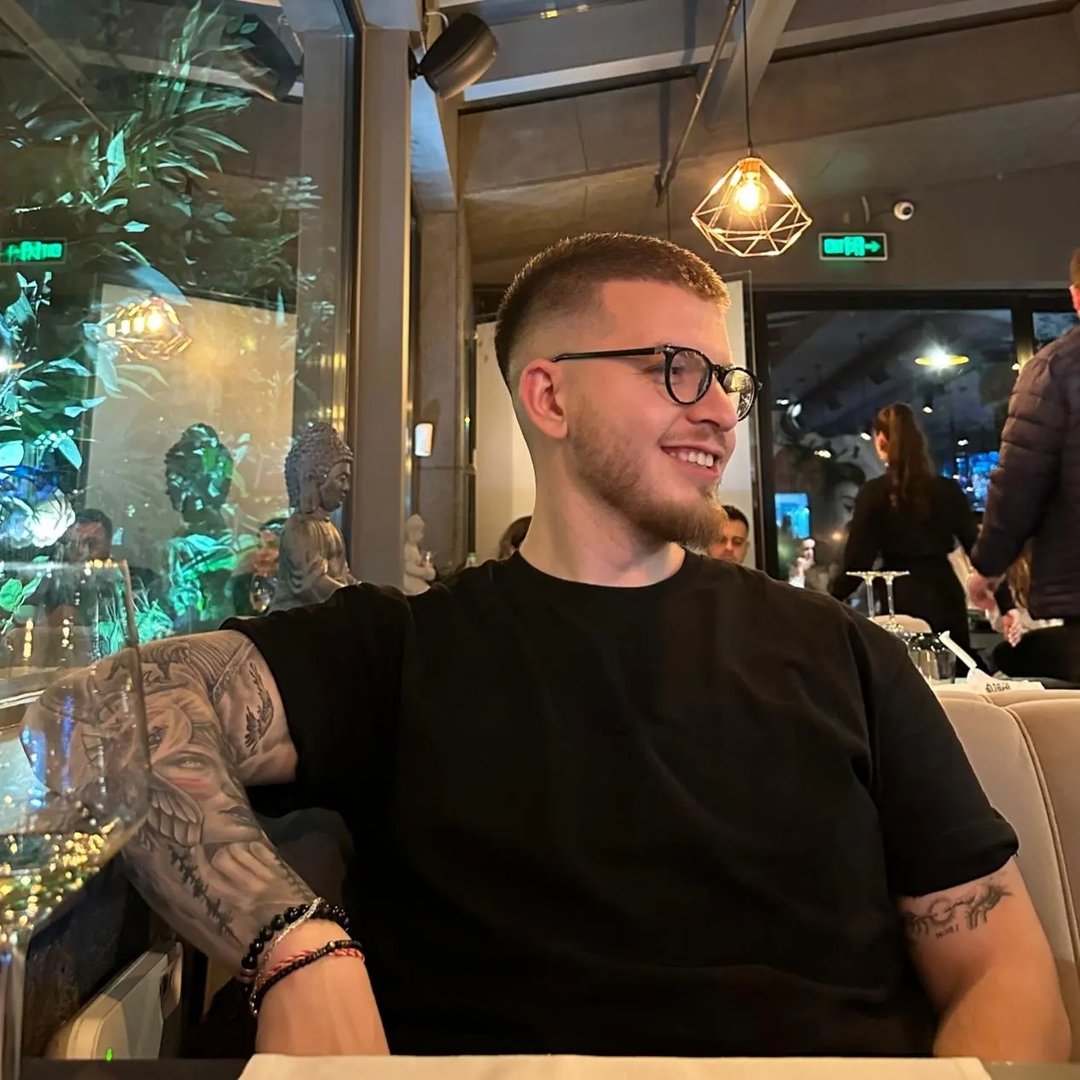
Dario Loce is the founder and editor of Celebrimous. He is a lifelong film enthusiast and the author of several locally-published books on cinema history and analysis. His passion is deconstructing the “how” and “why” of filmmaking, from the director’s vision to the editor’s cut. When not lost in a classic film, he’s usually walking through the city, replaying scenes in his mind like unfinished stories.
